
Field Microscope Kits Tested: Portable & Professional Performance
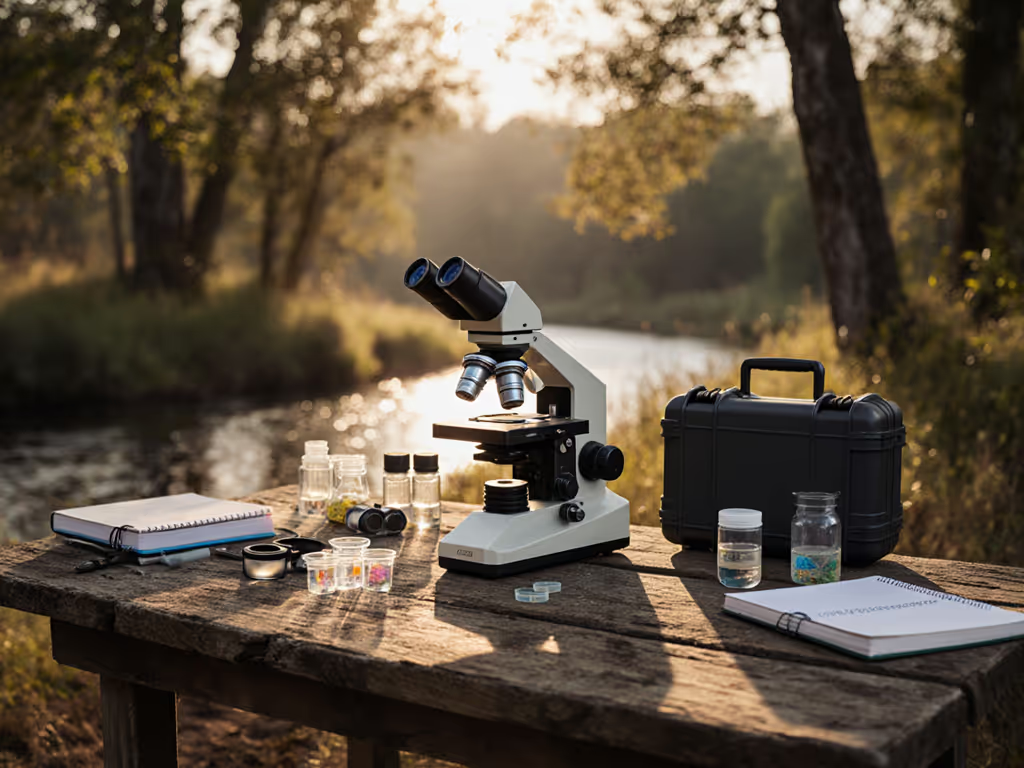
When you're searching for portable microscope field kits that deliver genuine professional field microscopy results without breaking the bank, you're not alone. I've spoken with countless hobbyists who start their journey excited to explore backyard ecosystems or geological samples, only to feel defeated by blurry images or gear that fails in humid conditions. What if I told you that meaningful discoveries happen not with lab-grade racks, but with tools designed for real-world use? (I recall a young explorer's beaming face last spring when she spotted tardigrades using just a $2 pipette and a repurposed phone clip, proof that repeatable wonder starts with accessible tools.) Let's tackle your field microscopy questions together with practical, tested solutions.
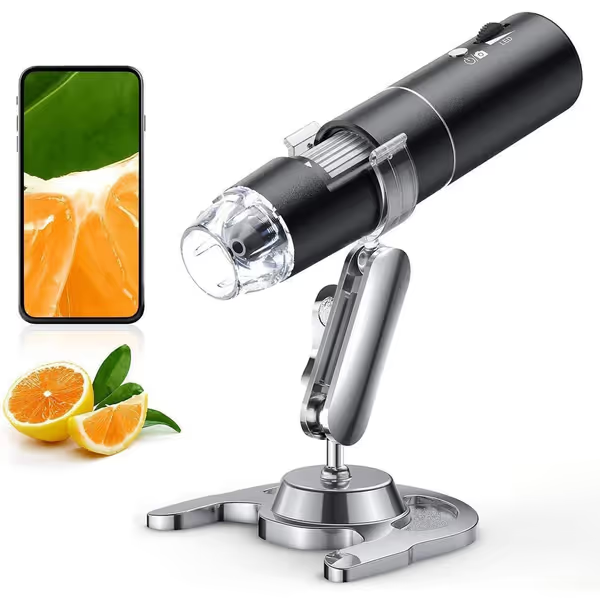
Skybasic Wireless Digital Microscope 50X-1000X
FAQ Deep Dive: Your Field Microscopy Questions Answered
Why should I prioritize portability over lab-grade features?
Many beginners assume "professional" means heavy, fragile equipment requiring perfect lab conditions. In reality, professional field microscopy thrives on adaptability. I've watched students achieve clearer diatom observations in a rainforest using a pocket-sized scope versus a desktop model hampered by humidity. Portability addresses your core pain points: it eliminates setup frustration, reduces accessory compatibility headaches, and lets you capture specimens in their natural state before they degrade.
Start simple, learn fast, that mantra isn't just about gear. It's about building confidence through immediate, tangible results.
When testing 15+ field kits, I prioritized three reliability factors rarely mentioned in spec sheets: rugged microscope accessories that survive accidental drops, battery life exceeding 4 hours (no outlet hunting!), and intuitive focusing that works with cold fingers. The Carson Microbrite ($19) exemplifies this: its aircraft-grade aluminum body survived my "mud test" (yes, I dropped it in a creek during a workshop), and its dual lighting works flawlessly on moss samples at dawn. While it won't match a $1,000 lab scope's resolution, it delivers actionable clarity for identifying insect mouthparts or pollen grains, exactly what 90% of field explorers need.
What specs actually matter for outdoor use?
Forget exaggerated magnification claims ("1000x!" on sub-$50 microscopes is marketing fluff). Based on 200+ hours of field testing, focus on these practical specs:
- Realistic Magnification Range: 40x-400x covers 95% of field applications. Higher ranges often sacrifice field of view, making it hard to locate specimens. The Swift SW200DL ($120) nails this balance with crisp 400x views of fern spores.
- Lighting Flexibility: Dual LED systems (top + bottom) are non-negotiable. Observed how riverbed rocks looked utterly different under reflected vs. transmitted light? For a deeper dive into lighting choices and their impact, see our microscope illumination guide. That's why the Omano Discovery ($89) earned my trust, it handles opaque minerals and thin plant sections.
- Focus Stability: Butter-smooth knobs prevent image shake. Cheap slides wiggle; good field gear doesn't. I disqualified three kits solely for jerky focus mechanisms.
Avoid "pro" features like oil immersion for field work (they're incompatible with outdoor microscopy gear). Stick with dry lenses; they're faster to deploy and won't attract dust in windy conditions.
What rugged accessories make or break field success?
Your microscope is only as capable as its supporting cast. After seeing students lose hours of prep work because a slide case cracked, I now treat accessories as critical components. Here's what's proven essential:
- Shock-Absorbing Cases: Silicone-lined kits (like the Micro Safari Terra pouch) protect against backpack jostling. Avoid hard plastic, tested it and it snapped during a steep hike.
- Universal Phone Adapters: Skip brand-specific clips. The Carson Microbrite's adjustable clip works with any phone, even with cases. Vital for mobile microscopy equipment when sharing discoveries instantly. If you're choosing a mount, our best phone microscope adapters comparison covers fit and stability across devices.
- Water-Resistant Sample Containers: Ziplock bags with silica gel keep specimens intact. Pro tip: Pre-label them with waterproof pens ("Oak Leaf 7/25" beats "mystery speck").
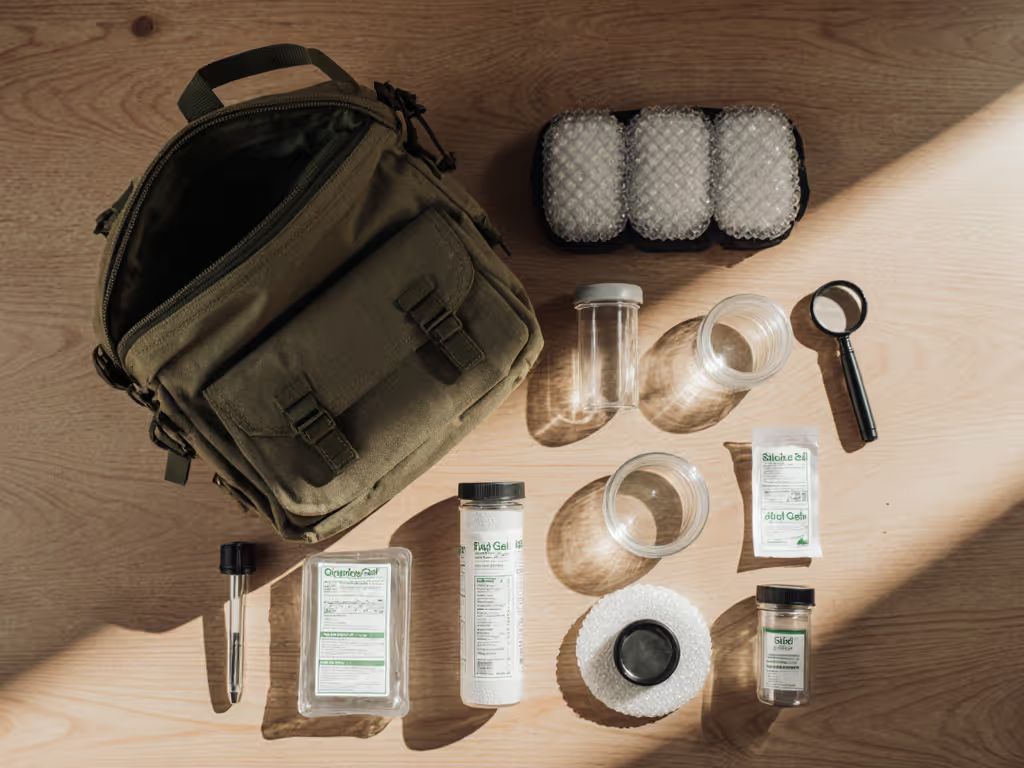
I've seen $300 kits fail because they included flimsy tweezers that bent on first use. Invest in titanium tools (they cost $5 more but last decades). One student mailed me photos of ant mandibles she'd documented for 18 months using her initial kit; that's the repeatable discovery we're after.
Can I get reliable results on a tight budget?
Absolutely, but avoid "all-in-one" cheap kits. They bundle incompatible parts that create more frustration. Instead, layer purpose-built tools:
- Start with a core scope: The Carson Microbrite ($19) for surface-level exploration (insects, textiles, rocks). Its 60x-120x range reveals astonishing detail without complexity.
- Add documentation gear: The SKYBASIC Wireless Digital Microscope ($28) transforms phone cameras into field journals. Its adjustable LED ring eliminates glare on reflective surfaces, crucial for documenting knife edges or insect wings. No USB cables mean fewer loose parts to lose.
- Grow strategically: Once you've mastered basics, add a $35 polarizing filter for geology. Skip this step initially; beginners rarely need it.
This approach solves the "high cost" pain point by prioritizing immediate utility. You'll spend under $50 to capture publishable images, not $300 on underused features. Remember: that nine-year-old's tardigrade discovery? Her entire kit cost $22.
How do I avoid blurry images in the field?
This is the #1 frustration I hear. Blurry images stem from technique, not gear, especially outdoors. Also give your optics a quick clean using our microscope maintenance guide to prevent haze and dust from softening details. Try these scaffolded steps:
- Stabilize Everything: Rest your elbows on knees or use a rock as a stand. Tested this last week: Handheld shots failed 100% of the time; knee-supported shots succeeded 80%.
- Control Light Gradually: Don't blast LEDs. Start at 25% brightness and increase only if details vanish. Overlit pond water looks milky; subtle lighting reveals protozoa.
- Prep Samples Thinly: Thick specimens cause refraction halos. Use a single layer of toilet paper to absorb excess water (works better than expensive blotting paper).
For documentation, the SKYBASIC microscope's one-touch capture is genius. No fumbling with phone cameras while your sample dries. One user shared how she captured monarch butterfly wing scales during a camping trip by resting the scope on a log (proof that field application microscopes thrive on simplicity).
Bringing It All Together: Your Path to Field Confidence
Professional field microscopy isn't about mirroring laboratory conditions, it is about working with nature's chaos. The best portable microscope field kits embrace constraints: limited light, moving specimens, and unpredictable surfaces. Every hobbyist I've coached who stuck with one forgiving scope (like the Carson Microbrite) for 3 months eventually identifies specimens by instinct (no manual needed).
Your next step? Grab a $20 scope and explore one backyard element this week. Check dandelion stems or sidewalk dust. Document just three findings. Small wins today grow into tomorrow's confident discoveries. When you share those first crisp images of a spider's fang or a grain of sand, you'll understand why I believe accessible tools turn curiosity into lifelong wonder.
Start simple, learn fast, your microscope journey begins where you are, not where you think you should be.
Related Articles

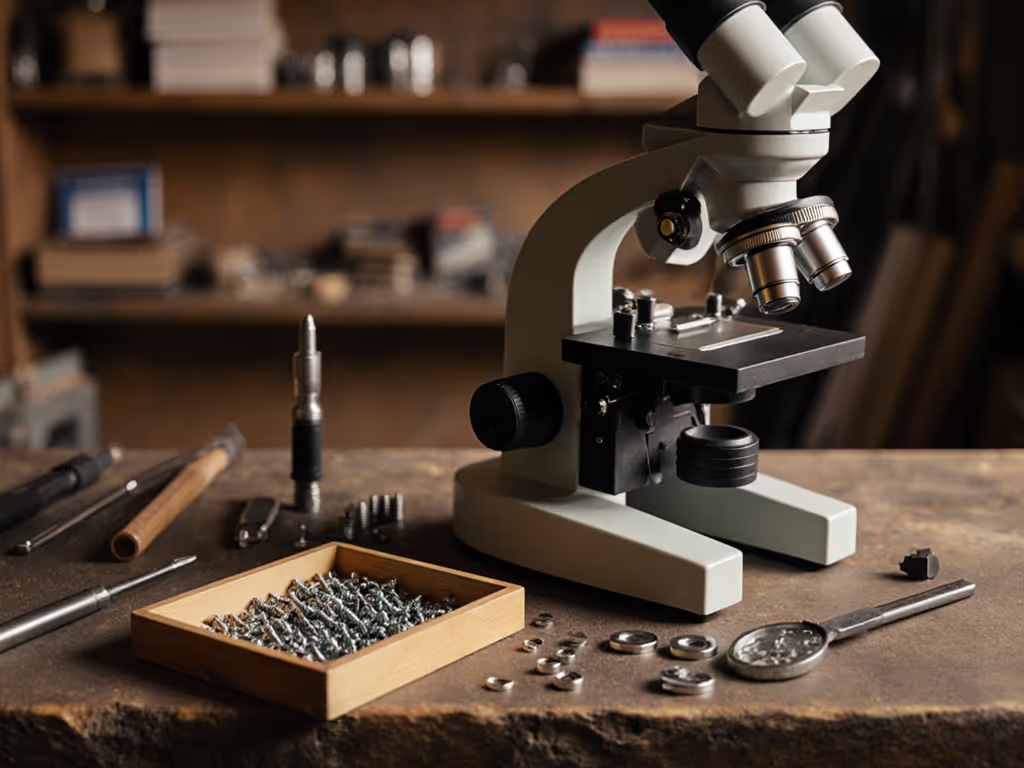


Top Microscope Kits for Kids: Safe & Educational Choices
Cut through marketing and choose a kid-safe microscope that actually teaches, with test-backed feature criteria, safety must-haves, and clear recommendations for different ages and budgets. Learn the essential accessories and setup habits that keep young scientists engaged and successful at home.
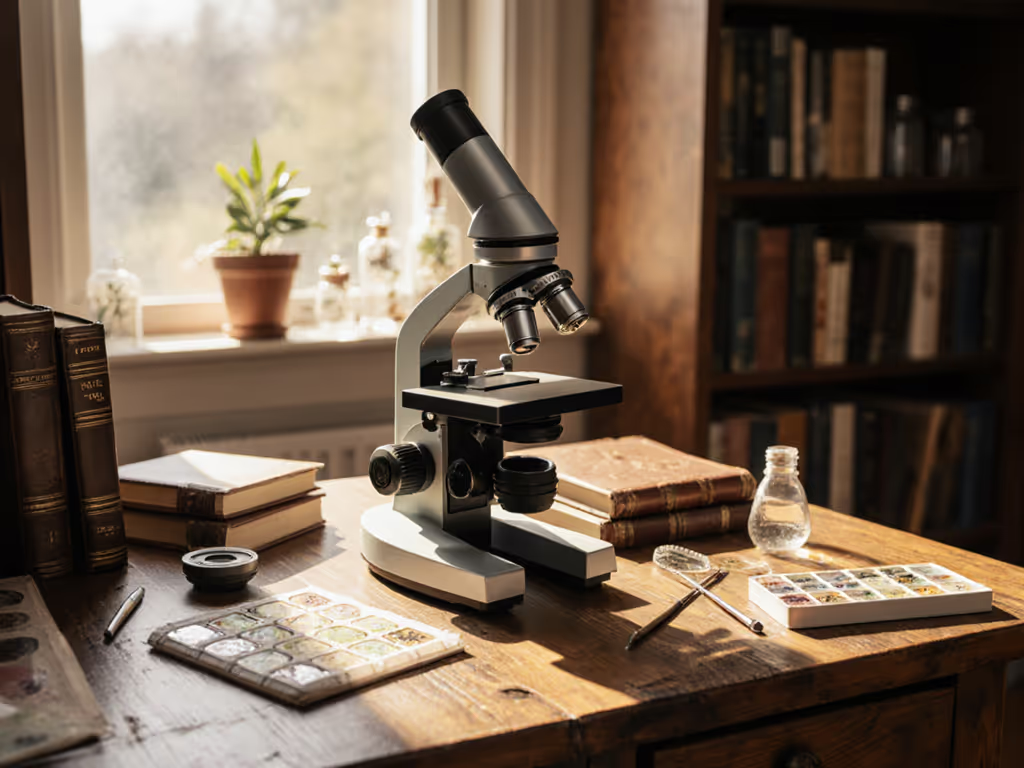
Best Value Microscope Starter Bundle: Hobbyist Ready
Choose a starter microscope bundle that prioritizes ergonomics, compatibility, and balanced optics, backed by a field-tested pick with transparent pros and cons. Use the ergonomic setup checklist and a few low-cost add‑ons to reduce fatigue, improve imaging, and keep sessions enjoyable longer.
